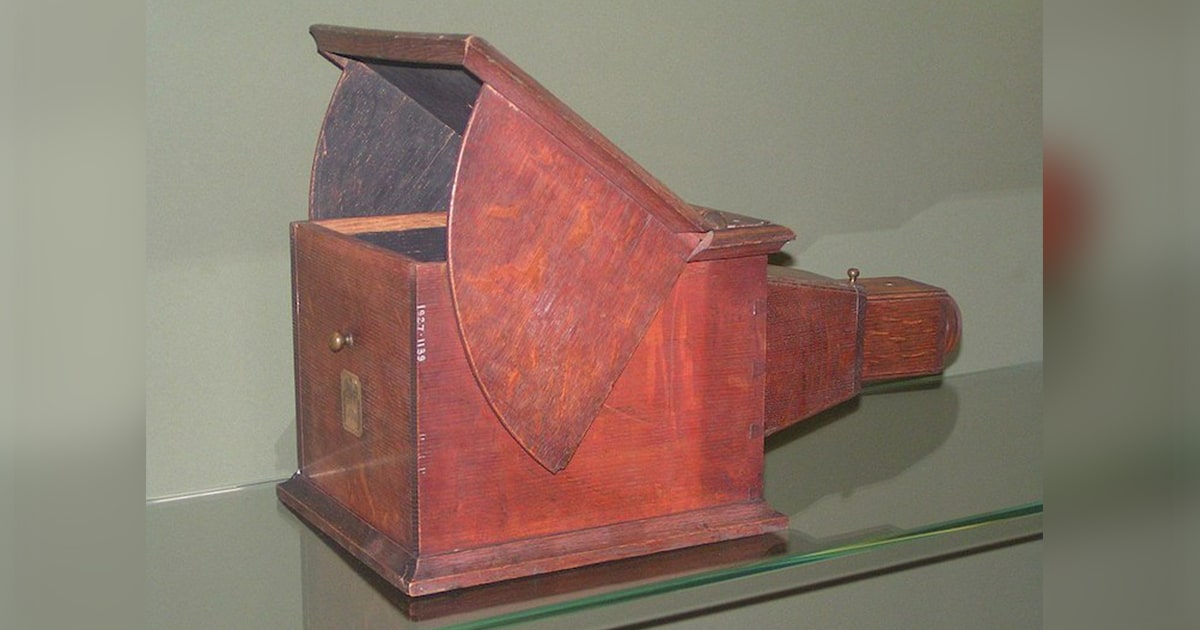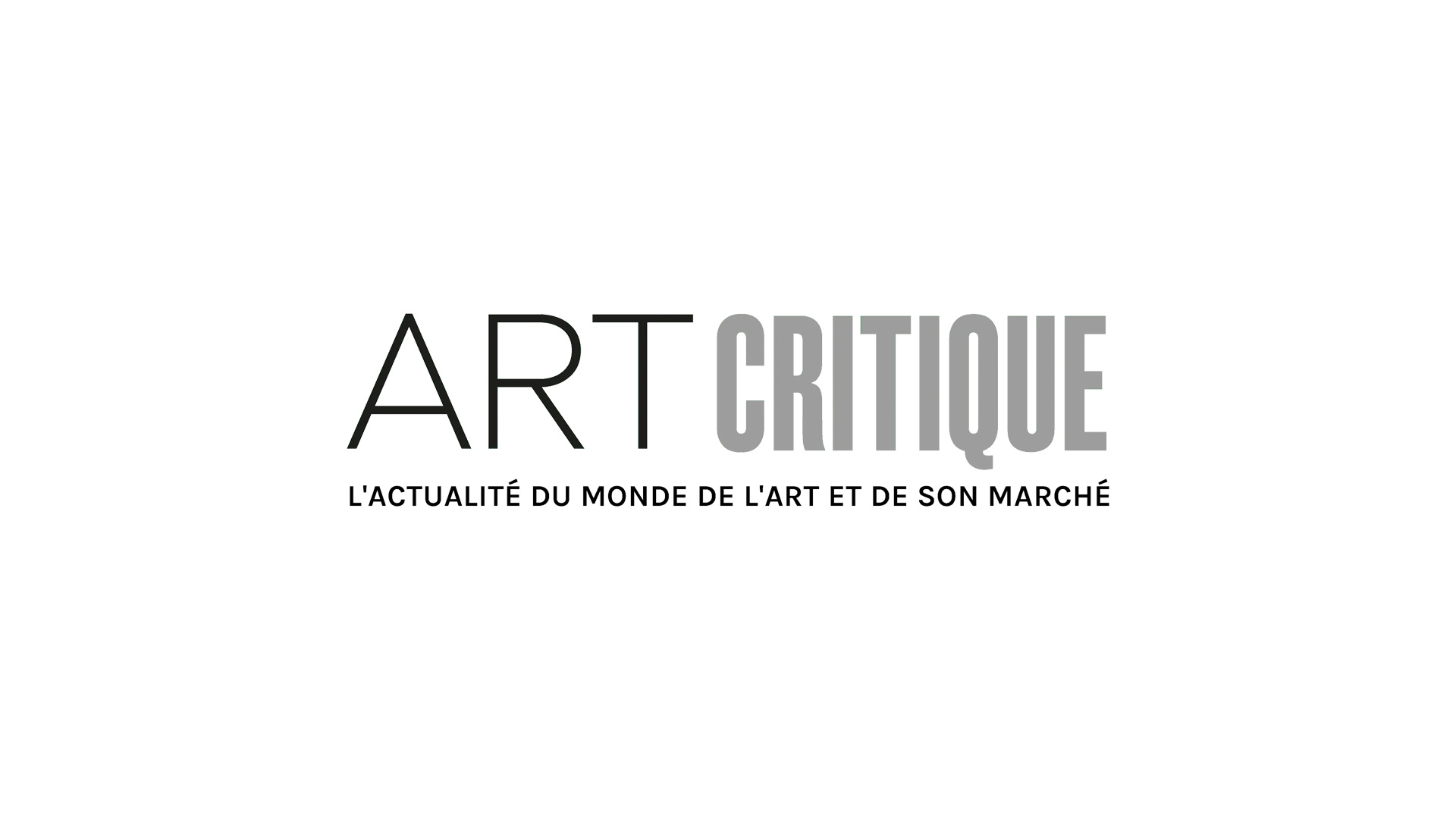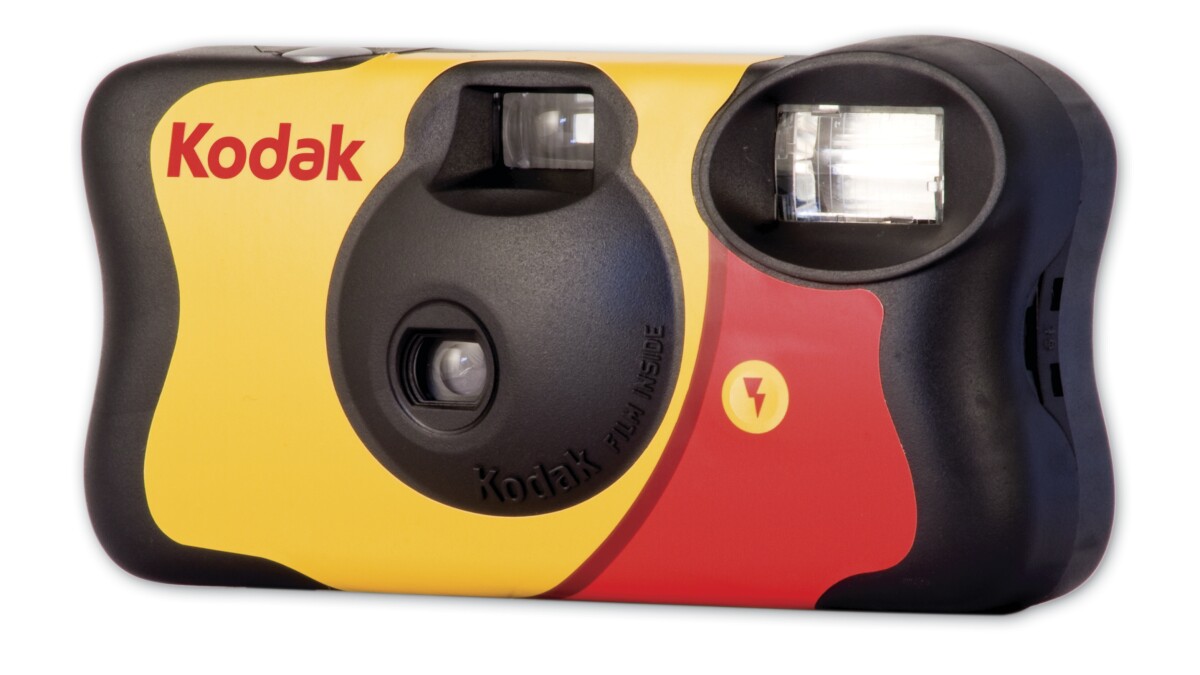The Origins of Photography
Photography, as we know it today, began in the late 1830s in France. Joseph Nicéphore Niépce used a portable camera obscura to expose a pewter plate coated with bitumen to light. … Daguerreotypes, emulsion plates, and wet plates were developed almost simultaneously in the mid- to late-1800s. Photography has come a long way in its relatively short history. In almost 200 years, the camera developed from a plain box that took blurry photos to the high-tech mini computers found in today’s DSLRs and smartphones.
/brief-history-of-photography-2688527-FINAL-5bef134d46e0fb0026cda5f9.png)
Camera Obscura
Camera Obscura, ancestor of the photographic camera. The Latin name means “dark chamber,” and the earliest versions, dating to antiquity, consisted of small darkened rooms with light admitted through a single tiny hole. The result was that an inverted image of the outside scene was cast on the opposite wall, which was usually whitened. For centuries the technique was used for viewing eclipses of the Sun without endangering the eyes and, by the 16th century, as an aid to drawing; the subject was posed outside and the image reflected on a piece of drawing paper for the artist to trace. Portable versions were built, followed by smaller and even pocket models; the interior of the box was painted black and the image reflected by an angled mirror so that it could be viewed right side up. The introduction of a light-sensitive plate by J.-N.Niepce created photography.


‘Fixing the Shadows’
1839 was the year that a Frenchman, Louis Daguerre and an Englishman, Henry Fox Talbot introduced rival processes that would accomplished what the called ‘fixing the shadows’ Henry Fox Talbot was an accomplished inventor however he couldn’t draw. HE wanted a way to capture what he was seeing before him and therefore started thinking about camera obscura and the chemical processes of light sensitive materials. He then began experimenting with paper coated in silver salts and shoe-box sized cameras nicknamed ‘mousetraps’ which developed something called a negative. This is when the tones in an image are reversed. Talbot realised he could produce multiple prints from these exposures making it possible to reproduce images for the masses which would go on to shape modern photography. These prints are called Calotypes. Louis Daguerre was an academically trained French painter who had an alternative response to Henry’s process. Louis developed a method of printing onto a silvered copper plate creating an image that was much clearer and sharper than that of Henry’s calotypes, these were named Daguerreotypes. However, Talbot realised producing daguerreotypes was a dead end and that human communication was through paper. Daguerreotypes did not have the ability to create a multitude of prints like the calotypes, they were also very fragile, making it a less commercially successful process. Because the early days of photography were largely financially motivated, the beginnings of photography were all about the Darwinian struggle to see which process will prosper in the industry.


Dry Plate Process
Dry plate, also known as gelatin process, is an improved type of photographic plate. It was invented by Dr. Richard L. Maddox in 1871, and had become so widely adopted by 1879 that the first dry plate factory had been established. With much of the complex chemistry work centralized into a factory, the new process simplified the work of photographers, allowing them to expand their business. Gelatin emulsions, as proposed by Maddox, were very sensitive to touch and mechanical friction and were not much more sensitive to light than collodion emulsions. Charles Harper Bennett discovered a method of hardening the emulsion, making it more resistant to friction in 1873. In 1878, Bennett discovered that by prolonged heating, the sensitivity of the emulsion could be greatly increased. George Eastman developed a machine to coat glass plates in 1879 and opened the Eastman Film and Dry Plate Company, reducing the cost of photography. A competitor of Eastman in the development and manufacture of gelatin dry plates was the architectural photographer Albert Levy.

Kodak
In 1888, inventor George Eastman invented a game-changing kind of dry, transparent, flexible photographic film that came in a roll. The film was designed for use in Eastman’s newly designed, user-friendly Kodak cameras. His first camera, the Kodak, was sold in 1888 and consisted of a box camera with 100 exposures. Later he offered the first Brownie camera, which was intended for children. By 1927, Eastman Kodak was the largest U.S. company in the industry. When Eastman was 24 he began researching how to make photography less cumbersome and easier for the average person to enjoy. After seeing a formula for a “dry plate” emulsion in a British publication, and getting tutelage from two local amateur photographers, Eastman formulated a gelatin-based paper film and a device for coating dry plates. He resigned from his bank job after launching his fledgling photography company in April 1880. In 1885, he headed to the patent office with a roll-holder device that he and camera inventor William Hall Walker had developed. This allowed cameras to be smaller and cheaper. Eastman also came up with the name Kodak, because he believed products should have their own identity, free from association with anything else. So in 1888, he launched the first Kodak camera (a few years later, he amended the company name to Eastman Kodak). The Brownie camera was launched in 1900 to target new hobbyist photographers — children — and with its $1 price tag, it also became a favourite of servicemen. Eastman supported the military in other ways as well, developing unbreakable glass lenses for gas masks and a special camera for taking pictures from planes during World War I. The Original Kodak was fitted with a rotating barrel shutter unique to this model. The shutter was set by pulling up a string on top of the camera and operated by pushing a button on the side of the camera. After taking a photograph, a key on top of the camera was used to wind the film onto the next frame.
First Kodak Camera
Latest Kodak Camera

Kodak Disposables


Katey, you are more less up to date with work (well done), but you need to publish post on essay questions, planning and write a draft essay introduction – reflecting on what we discussed earlier. In addition, I also need to see any new images you have made in relation to your project. It might be a good idea for us to have another 1-2-1 this week to select key texts etc.